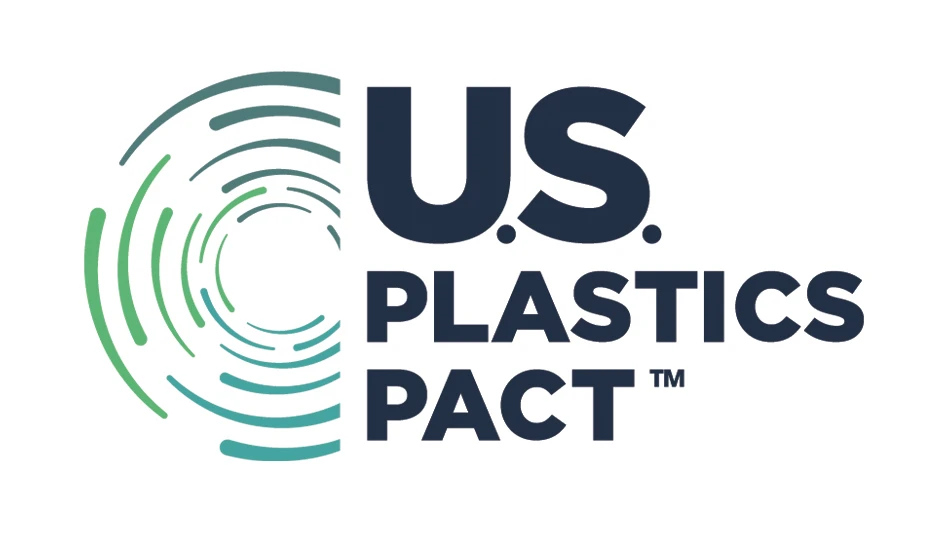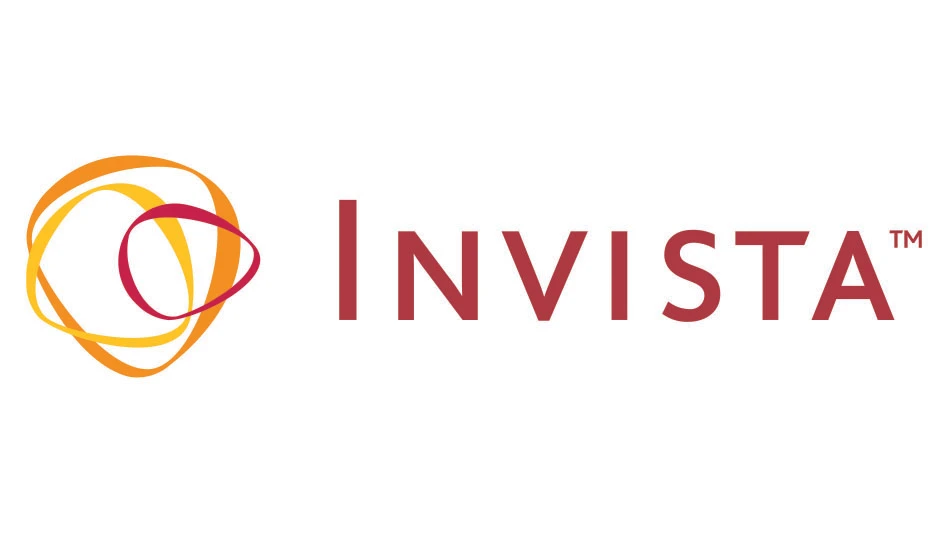|
|
While the use of plastics in consumer packaging continues to grow, the recycling rate for this material still lags behind that of other types of packaging, such as paper and aluminum. Plastic can provide a number of advantages in terms of consumer packaging. For instance, the American Chemistry Council (ACC) says using just two pounds of plastic, companies can deliver 1,000 ounces—roughly 8 gallons—of a beverage to market. Three pounds of aluminum, eight pounds of steel or 27 pounds of glass would be needed to deliver those same 1,000 ounces, the ACC asserts. Plastic also can lend efficiencies to food packaging, according to the ACC. “Plastic jars can use up to approximately 90 percent less material by weight than their glass counterparts. Plastic containers also can use about 38 percent less material than similarly sized steel cans. And extremely lightweight, flexible packaging made from plastic or plastic-and-foil composites can use up to 80 percent less material than traditional bag-in-box packages,” the ACC says. While PET (polyethylene terephthalate) and HDPE (high-density polyethylene) bottles have long been collected for recycling, recyclers have been turning their attention toward other materials in recent years, including bottles of other resin types, other rigid plastic containers, thermoform containers and plastic film. However, a number of issues continue to make plastics recycling less straightforward than metals recycling, for instance. Recycling Today’s inaugural Plastics Recycling Supplement looks at some of these issues as well as the market for 3 through 7 plastics. Prior to China’s introduction of Operation Green Fence in early 2013, the country was a popular destination for mixed plastics loads from the U.S., which included Nos. 3 through 7 bottles as well as mixed plastics recovered from electronics recycling operations. Now that this material is less welcome overseas, plastics recovery facilities (PRFs) within the U.S. are gaining in prominence because these facilities are able to make investments in sorting equipment that material recovery facilities (MRFs) would find difficult to do. While plastics still have a considerable distance to cover before being recycled at the rate of paper or metals, inroads are being made, as you’ll learn from this supplement to Recycling Today. |

Explore the July 2014 Issue
Check out more from this issue and find your next story to read.
Latest from Recycling Today
- NRC seeks speakers for October event
- LME identifies Hong Kong warehouses
- Greenville, Mississippi, launches aluminum can recycling program
- Cotton Lives On kicks off 2025 recycling activities
- Georgia-Pacific names president of corrugated business
- Sev.en Global Investments completes acquisitions of Celsa Steel UK, Celsa Nordic
- Wisconsin Aluminum Foundry is a finalist for US manufacturing leadership award
- MetalX announces leadership appointments






